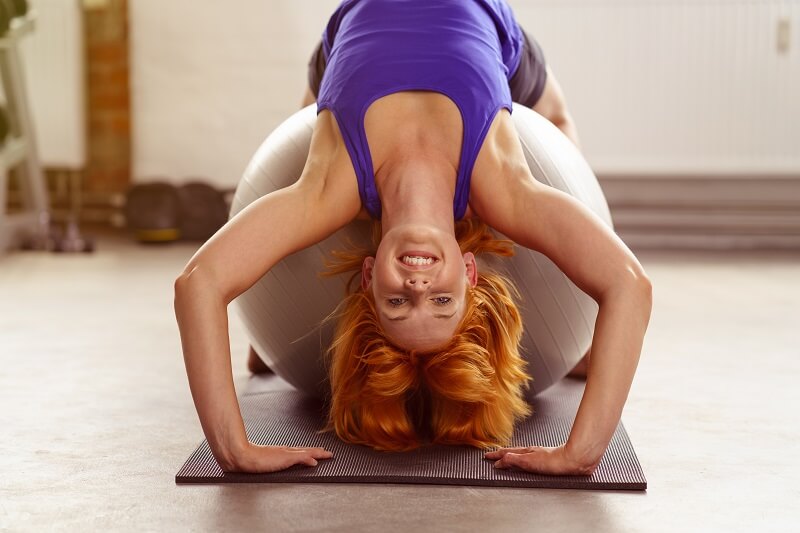In the hands of a skilled Botox provider and with regular maintenance, patients can enjoy a youthful, wrinkle-free complexion for a long time. However, by following the medical provider’s aftercare instructions patients ensure the best possible results.
Most of Botox aftercare guidelines are simple and shouldn’t be difficult to adhere to. One of these recommendations has to do with bending down and lowering the head in the hours right after Botox.
This article answers the frequently asked question about bending down after Botox and what happens when patients do it.

Can You Bend Over After Botox?
Medical providers recommend not bending down and keeping the head elevated after the Botox procedure for at least 4 hours. This includes lying down on a bed, sofa, yoga mat, or massage table, doing exercises on the floor, and any other activity that involves lowering the head below the heart level repeatedly or for longer intervals. Tying a shoelace shouldn’t be a problem, but even then, medical providers caution their patients to keep their shoulders and face forward-facing.
Note: Learn more about why you should refrain from doing any kind of exercise after Botox and when is the right time to get back to your workout routine.
Botox works by blocking the signals from nerves to muscles, temporarily paralyzing the muscles to reduce the appearance of wrinkles. It takes time for Botox to bind to the targeted muscles and take effect. If a patient bends down during that time, the neurotoxin can diffuse, resulting in too little product going into the right nerve junctions and some of it paralyzing the wrong muscles.
Note: Botox is not the only form of treatment for wrinkle reduction and skin rejuvenation. Learn how to rejuvenate skin with different treatments and lifestyle tweaks.
What Happens if You Accidentally Bend Over After Botox?
Bending down after Botox won’t have a harmful effect on the patient’s health, but it may cause suboptimal results. The movement increases blood circulation to the face, raising the risk of botulinum toxin spreading to adjacent muscles before it has settled in the target area.
As a result, the following side effects may occur:
1. Bruising
Bruising after Botox is a common side effect that typically occurs when the medical provider accidentally hits a blood vessel. It can also happen when blood rushes to the face due to bending down. Fortunately, bruising usually disappears within several days.
2. Drooping Eyelids
Drooping eyelids after Botox occur when Botox migrates to the muscles keeping the eyelids up.
In most cases, the symptom is temporary and should resolve on its own within a few weeks to a few months as the effects of Botox wear off. In rare cases, the patient may need another Botox treatment session (a Botox brow lift) or medical help to correct the issue.
3. Asymmetrical features
Like drooping eyelids, a patient can experience asymmetries due to Botox spreading to other facial areas. They made need another Botox intervention to improve the results.
Note: These are not all side effects that may appear post-treatment. Check out our guide on Botox side effects to better prepare for the procedure and learn what to do if you experience any concerning symptoms or discomfort.
How Long After Botox Can I Bend Over?
Doctors recommend keeping the head in an upright position for at least four hours after Botox and suggest alternative ways to rest during that time. In most cases, it is safe to bend over or lie down after four to six hours.
Conclusion
Follow your Botox provider’s aftercare tips to ensure the best results and minimize potential side effects. The short period of potential discomfort is well worth the amazing anti-aging results you’ll enjoy.
Botox aftercare does not end after the initial recovery period. Complement your Botox treatment and maintain a youthful appearance with our selection of the best skin care products for skin rejuvenation.


